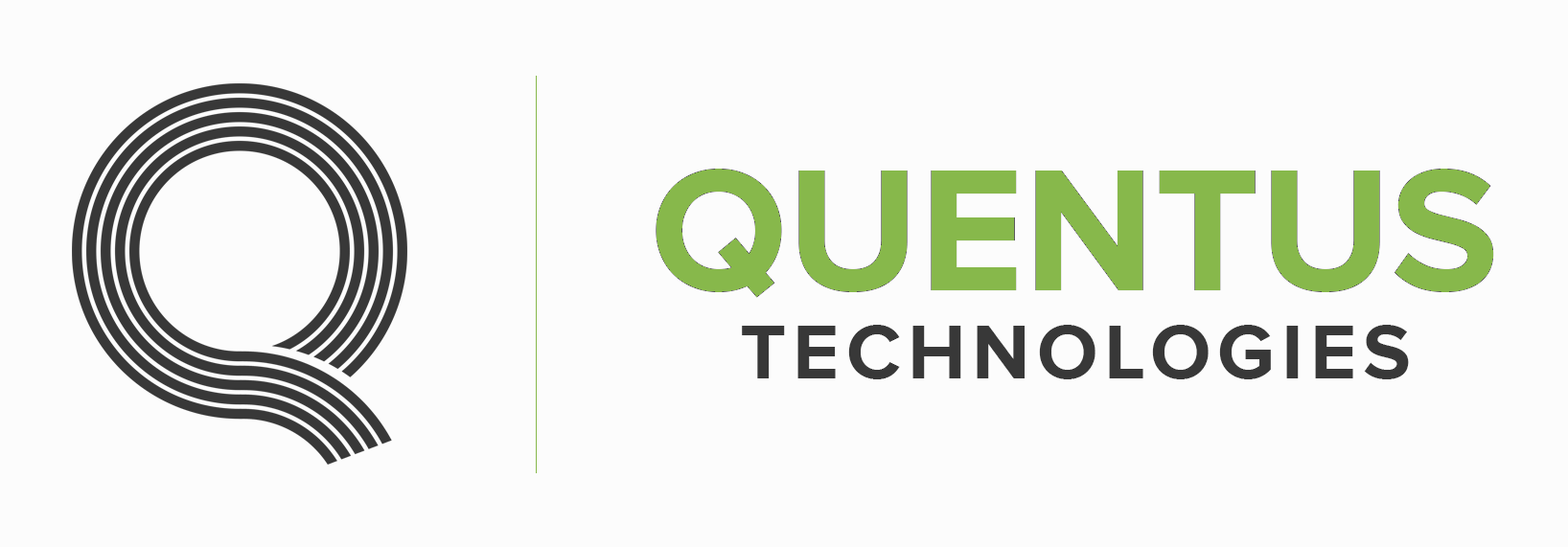As a brief introduction to my phone review series, Yealink recently sent me five phones for functionality testing with FreeSWITCH (FS). FreeSWITCH is “a scalable open source cross-platform telephony platform designed to route and interconnect popular communication protocols using audio, video, text or any other form of media.” Yealink designs and manufactures several different types of phones, and as per Yealink's website, they are “the global leading Unified Communications terminal solution provider." These phones will all be performing on the same setup using the latest FreeSWITCH 1.4.20 release built on Debian Jessie, and I will go through a list of specific features to try on each phone and document my configurations and findings.
The main FS features I am testing are registration, caller id, call in/out, call waiting, transfer calls, park calls, and voicemail. The models provided by Yealink are all desk phones and come with varying functionality. Being highly versatile, FS allows for many different phones and features depending on the needs of the user. The goal is to see what features work with which phones and how well each phone performs. Compatibility, quality, and usability are on my checklist, but I’ll be sure to include an overall summary of each of the phones. The Yealink W52P, SIP-T21P E2, SIP-T42G, SIP-T46G, and SIP-T48G are the phones up for review this round.
These phones will need to be usable by a wide variety of clients with differing use cases and I have come up with an arbitrary grouping of call scenarios so I can refer to them in a clear way.
Salespeople:
They require the ability to manage three way conference calls, selective muting (very important), and selectively deafen callers to help with guided sales to engineering work. They have to be able to jump easily in and out of conferences and know if and when their clients call in. They will have group calls where a call comes into a group and first to answer from the group will get the call. Audio quality is also going to be a big deal for salespeople. Having a phone that offers great audio quality using the speaker-phone and handset would be a tremendous asset. A phone that can also filter out background noise from an office would be very beneficial to a salesperson.
Secretaries:
Will require a phone that makes it easy to answer, transfer, and take a call on and off hold. Many secretaries answer a call, put it on hold, call the intended recipient to tell them they have a call, transfer the call, and then transfer the call back for the secretary to wrap it up. Secretaries also need to be able to see if a line already has a call so they can manage incoming calls and route to voicemail if need be. Shared line appearance, call screening, and transfers are a large part of the functionality a secretary will need from these phones. These phones will also be tested to see if they can handle lots of calls with BLF turned on and off. They also need to be able to handle multiple calls coming in at once without crashing.
Human IVRs:
Their job is to pull a call out of a queue and route it to departments. The calls to come into a queue and they push one button to pull the call from the queue and transfer the call to the appropriate extension. The phones will need to be able to handle rapid call forwarding.
Engineers:
They will need a phone that can easily be configured for voicemail with a flexible voicemail navigation and one button clicks in order to return calls quickly.
Small business owners:
They want the most versatility from these phones. The phones need to be able to handle multiple lines at the same time and be able to clearly and easily display the individual call ID so the business owner can keep track of the different lines. A contact ID option to personalize incoming call IDs and the ability to select one call from several active lines on the same phone will be useful. They must be able to handle concurrent calls and make navigating between them simple and efficient.
I'm also interested in seeing how these phones would function as a front door phone or stand alone system with which a user could just pick up the handle and automatically transfer to an extension. These features are becoming more and more of a necessity for most clients. Determining which phones support these requirements will allow for a more informed decision when selecting which phone to purchase.
